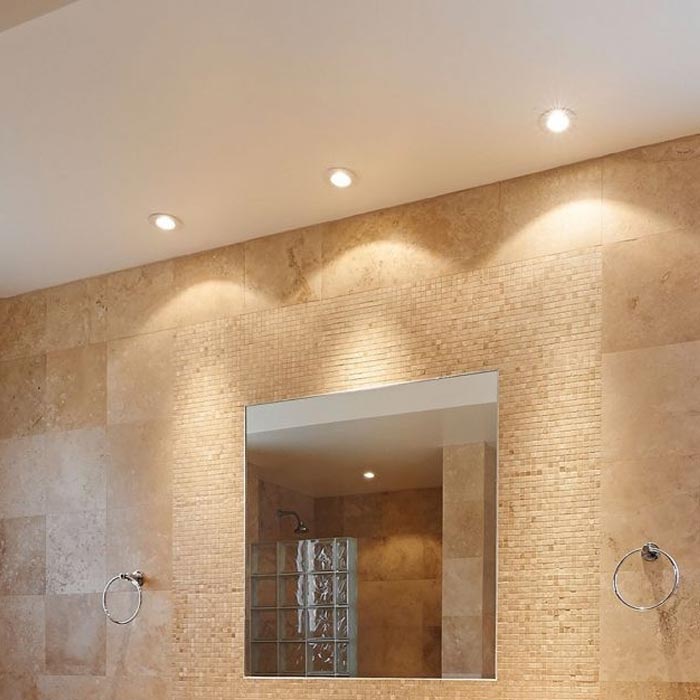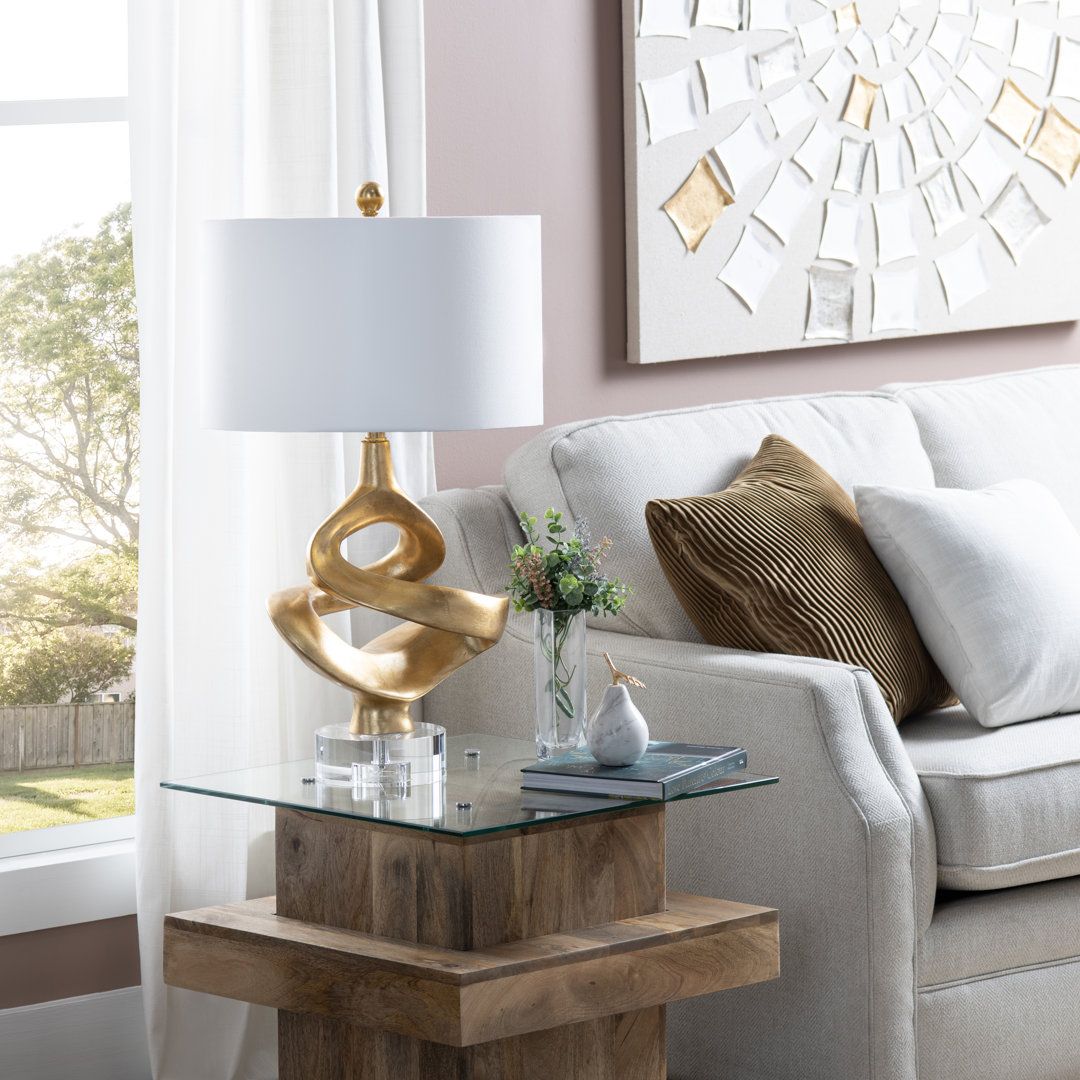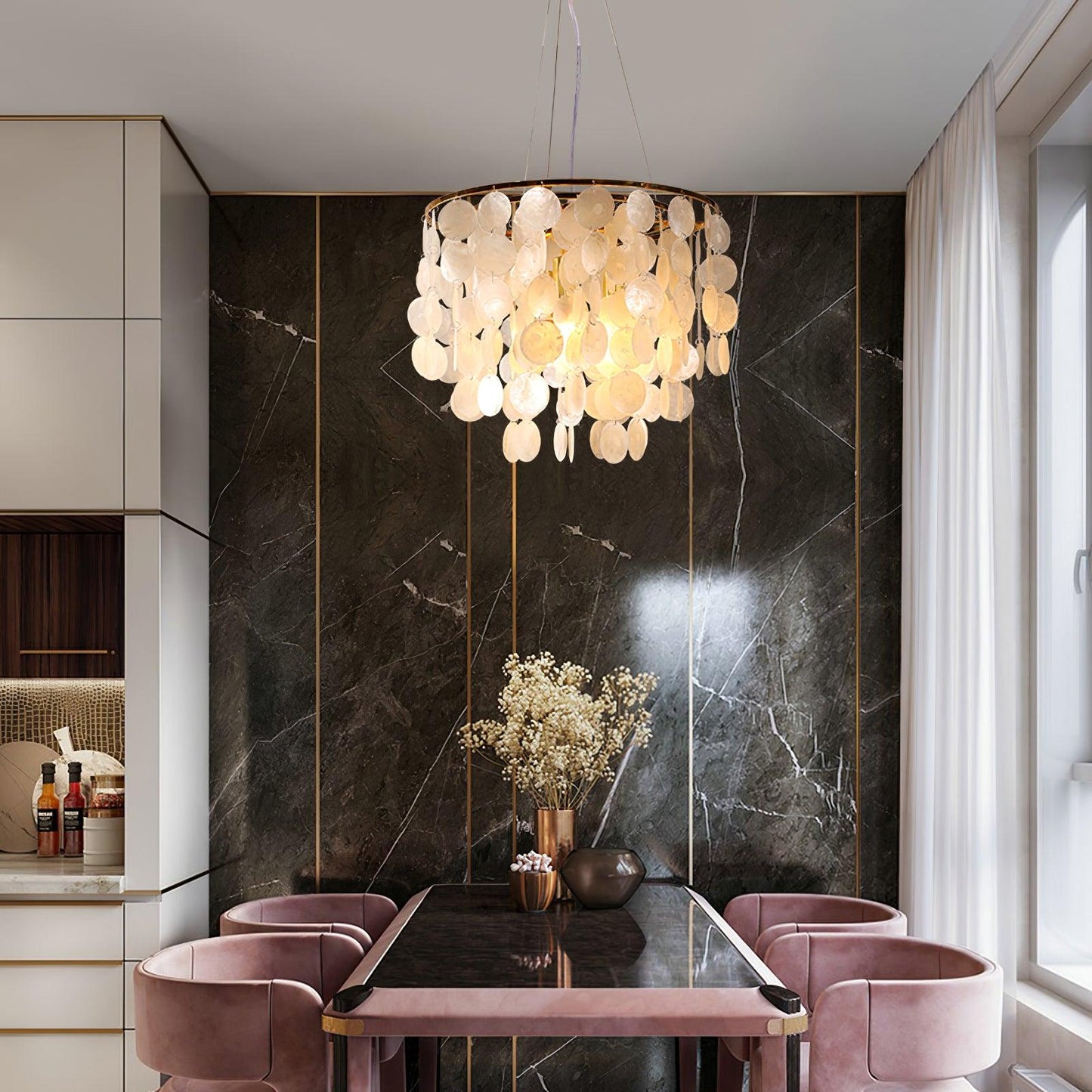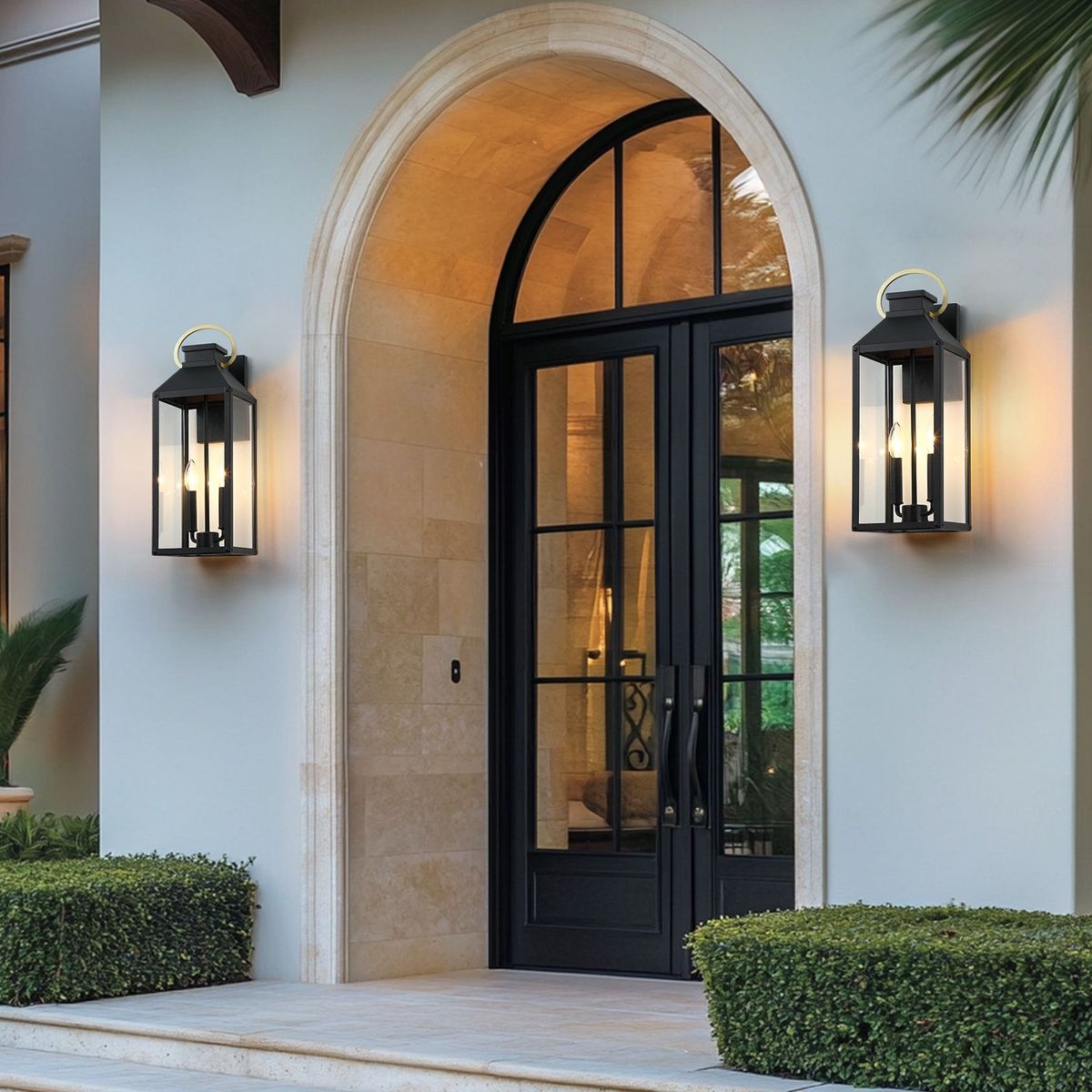
LED spotlights are the new hot thing in lighting due to their energy efficiency and long life. As the halogen bulb goes out of fashion, LED is taking over because of its many advantages – lower energy consumption, brighter light and longer life. But buying the right LED spotlight or complementing them with a modern light fixture for your home or office can be tricky if you are not familiar with the features and specs. In this article we will break down the 4 things to consider when buying LED spotlights so you can make an informed decision.
Key factors to know which spotlights to buy:
-
Size & Form
-
Color Temperature (CCT) and Color Rendering Index (CRI)
-
Power and Brightness (Lumens)
-
Beam Angle
-
Dimmability
-
Energy Efficiency
-
Quality and Brand Reputation
Factor 1: Size & Form
Before you start buying LED spotlights, the first thing to do is to determine the right size and shape of the bulb. LED spotlights come in different sizes, each for different lighting needs. The three most common types of LED spotlights are MR, BR and PAR. These are followed by a number indicating the diameter of the bulb in 1/8-inch increments. Knowing these will help you choose the right spotlight for your lighting needs.
-
MR16: These are the smallest LED spotlights, with a diameter of around 2 inches. They are used for lower brightness applications and usually consume 5-8 watts. MR16 bulbs come in two types based on the base: GU5.3: These have a narrow two-pin connector, for low-voltage (12V AC or DC) applications. GU10: These bulbs have a broader two-prong connector and runs on mains voltage (120V or 240V AC).
-
PAR20: Slightly bigger than MR16, with a diameter of 2.5 inches, PAR20 bulbs are used in residential settings, especially in smaller spaces or homes with lower ceilings. These bulbs consume around 13 watts and has an E26 Edison screw base.
-
PAR30: With a diameter of 3.75 inches, PAR30 bulbs are for higher ceiling applications. These bulbs consume 15 watts.
-
PAR38: The biggest size used in residential settings, PAR38 bulbs have a diameter of 4.13 inches and are for large spaces or high ceiling rooms. These are brighter, LED versions usually consume around 18 watts.

Factor 2: Color Temperature (CCT) and Color Rendering Index (CRI)
When choosing LED spotlights, color is another important consideration. LED spotlights offer a wide range of color temperatures (CCT) and color rendering indexes (CRI) which can make a big difference to the ambiance and functionality of your lighting.
Color Temperature (CCT)
This is the color of the light, measured in Kelvin (K). The color temperature you choose can change the mood and functionality of a room. Here’s a breakdown of common CCT values:
-
2700K: Warm white, like traditional incandescent bulbs.
-
3000K: Slightly bluer than 2700K, like halogen bulbs, warm and cozy.
-
4000K: Neutral white, balanced between warm and cool.
-
Above 5000K: These are cool, blue lights, used for task lighting or specific applications like bathrooms or offices, not for general residential use.
For most homes 3000K is a good starting point as it’s like halogen lights but more energy efficient. This temperature also works well for creating warm and inviting spaces, especially when paired with elegant chandelier lights for dining rooms or living areas. But if you prefer a cooler or warmer light you can try different color temperatures to see what works best for your space.
Color Rendering Index (CRI)
CRI measures how colors appear under a light source. It’s 0 to 100, the higher the score the more accurate the color. For most residential use choose LED spotlights with a CRI of 80 or above. If you’re lighting artwork or areas where color accuracy is critical choose a bulb with a CRI of 90 or above. A high CRI will make objects look like they do in natural light, so your space will look vibrant and true to color.
Factor 3: Power and Brightness
Unlike traditional bulbs, LED spotlights are not measured in watts, but in lumens which is the total light output. Watts are no longer a reliable measure of brightness as LEDs are much more energy efficient than halogen. A lower wattage LED can produce the same amount of light as a higher wattage halogen bulb.
To work out how many lumens you need use this simple formula:
Lumens = Watts in halogen x 15
For example if you were using a 40w halogen bulb you can calculate the lumens for the equivalent LED bulb by multiplying 40 x 15 = 600 lumens.
How Many Lumens Do You Need for a Good Spotlight?
The ideal lumens for a spotlight depend on its purpose and the space being illuminated. For accent lighting, such as highlighting artwork or architectural details, spotlights with 400–800 lumens are typically sufficient. For task lighting, such as in kitchens or workspaces, brighter spotlights ranging from 800–1200 lumens are recommended to ensure clear visibility.For outdoor use, such as illuminating a pathway or a feature, 1200 lumens or higher may be more appropriate for effective brightness.
Factor 4: Beam Angle
The beam angle of an LED spotlight is how wide or narrow the light is spread. A narrower beam focuses the light into a smaller area, more intense. A wider beam spreads the light over a larger area, less intense but more surface.
-
Narrow Beam: Good for highlighting specific areas or objects, like artwork or architectural features. If you have high ceilings, a narrow beam will direct the light to where you want it without spreading too much.
-
Wide Beam: Good for general room lighting or when you need to light a larger area, like a living room or kitchen. A wide beam will give more even coverage but less light in any given area.
When choosing the right beam angle, think about the layout of your space and what you want to achieve. If you want to spotlight specific items, like sculptures or paintings, go for a narrow beam. For general lighting, a wider beam will light more of the room. For example, wide-beam LED spotlights work well with pendant lighting to provide balanced illumination in kitchens or dining spaces.
Factor 5: Dimmability
Dimmable LED spotlights are perfect for creating versatile lighting environments, allowing you to adjust brightness for mood or function. However, not all LED bulbs are compatible with dimmer switches, and pairing incompatible products can cause issues like flickering or buzzing. This is because traditional dimmers are designed for incandescent bulbs, while LEDs require LED-specific dimmers to function properly. Before purchasing, check that both the bulb and your dimmer are compatible.
Factor 6: Energy Efficiency
While all LED spotlights are inherently energy-efficient compared to halogen or incandescent bulbs, their efficiency can still vary. For maximum energy savings, look for certifications like ENERGY STAR or products that list lumens-per-watt (lm/W) ratios. For example, an LED spotlight with a 100 lm/W rating will provide more light per unit of energy than one with 80 lm/W. Additionally, some advanced LED technologies include motion sensors or smart controls, further optimizing energy use in areas like hallways or outdoor spaces. By selecting high-efficiency models, you can reduce electricity bills significantly over the lifespan of the bulb while contributing to environmental sustainability.

Factor 7: Quality and Brand Reputation
The brand you choose for LED spotlights plays a vital role in determining their performance, durability, and safety. High-quality brands invest in advanced materials, better heat management, and rigorous testing, ensuring consistent light output and a longer lifespan. Inferior products, while cheaper, often suffer from issues like rapid dimming, uneven light, or safety risks such as overheating.
Additionally, reputable brands typically provide warranties and responsive customer support, offering peace of mind for your investment. For critical applications, such as task lighting or outdoor use, choosing a trusted brand ensures reliability and optimal performance over time.
When shopping, prioritize user reviews, certifications, and the brand’s track record to make a confident decision. Trusted brands also offer versatile options that work well for spaces like bedrooms, where bedroom ceiling lighting ideas often demand a balance of functionality and style.
Are LED Spotlights Worth It?
LED spotlights are an excellent investment due to their energy efficiency, durability, and superior performance compared to traditional halogen bulbs.
They consume significantly less electricity, often reducing energy costs by up to 80%, while delivering the same or even brighter light output. Additionally, LED spotlights have a much longer lifespan—typically lasting 25,000 to 50,000 hours—meaning fewer replacements and less maintenance over time.
Their versatility in color temperatures, beam angles, and dimming capabilities also makes them suitable for a wide range of applications, from ambient to task lighting. While the upfront cost may be higher, the long-term savings and environmental benefits make LED spotlights well worth it. Additionally, they align with lighting trends in 2025, focusing on energy efficiency and versatile designs.
Conclusion
LED spotlights have many benefits, from energy efficiency to longer life, so they’re a great choice for modern lighting. By considering size, color temp, brightness, and beam angle of the bulbs, you’ll be able to choose the right LED spotlights or match them with the ideal modern chandelier size for your home or office.
Take your time, read the specs, try a few out and enjoy the better lighting of LED. At Yiosilamp, we offer a range of stylish, efficient and durable lighting solutions for both residential and commercial spaces.
Read More:
15 Amazing Small Bedroom Lighting Ideas
15 Bathroom Lighting Ideas Over Mirror
15 Amazing Bathroom Lighting Ideas For Ceiling
How High to Hang a Chandelier Over the Dining Table?




